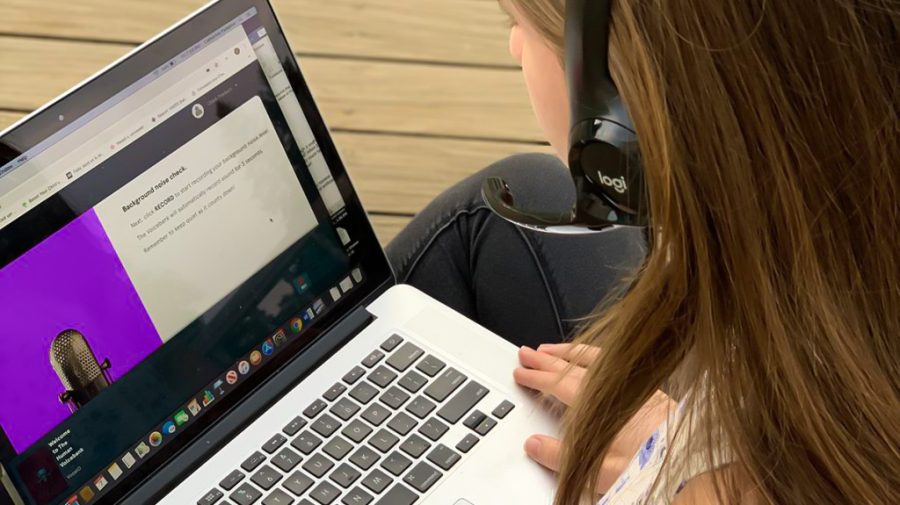Steinhardt students are giving a voice to the voiceless. Literally.
A student-run drive aims to help those affected by conditions like amyotrophic lateral sclerosis, or ALS, who use machines that assist them in verbalizing. Through the program, donors record over 3,000 sentences, which allow their voices to be digitized and used by anyone who uses speech-generating devices. The recording process takes a total of five to seven hours over numerous 10-15 minute sessions.
Those who want to give their voice contact the National Student Speech Language Hearing Association, which connects them to VocaliD, a company started by a Northeastern University professor of speech-language pathology. On VocaliD’s website, donors can choose from different texts to recite, from books to historical documents to even TED Talks. As they speak, VocaliD records their voice to be donated.
Steinhardt’s Department of Communicative Sciences and Disorders is running the voice drive, which will continue until the end of the semester.
“[The goal of the drive] is to create synthetic voices that better match the identity of the speaker,” said Steinhardt senior Chloë Thorburn, who is also the Public Relations Chair of the NYU chapter of the NSSLHA.
According to the National Institutes of Health, about 7.5 million people nationwide have difficulty using their voices.
“The kinds of people that you can help with these voices are people with ALS, people with autism [or] people who have had tongue cancer,” Associate Professor of Communicative Sciences and Disorders at Steinhardt Sudha Arunachalam said.
Most individuals who have trouble speaking do not have any impairments with what Arunachalam described as the sources of their voice — their vocal chords, larynx and throat. What is impaired is the filter of their voice, which shapes the sound produced by the source into language.
Because the source of their voice is not impaired, individuals who are not able to speak may still be able to vocalize from their throat, even if they are not able to form sounds into language. A voice donated on VocaliD is combined with the patient’s sounds to simulate their speaking voice as accurately as possible.
“[Synthetic voices] erase the sense of ownership and identity that somebody who is able to speak would get from using their own voice,” Thorburn said. “Our whole profession is about giving people the ability to communicate and regain all of the identity and autonomy that affords them.”
Email Ishaan Parmar at [email protected].

























































































































































